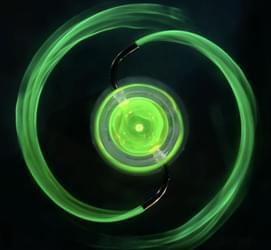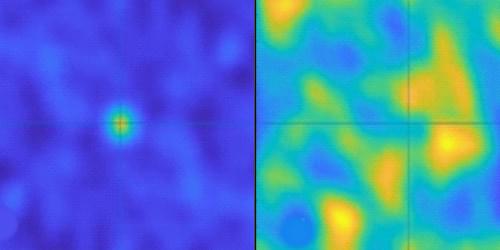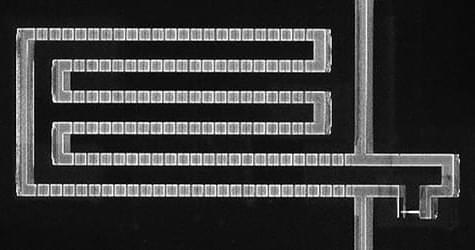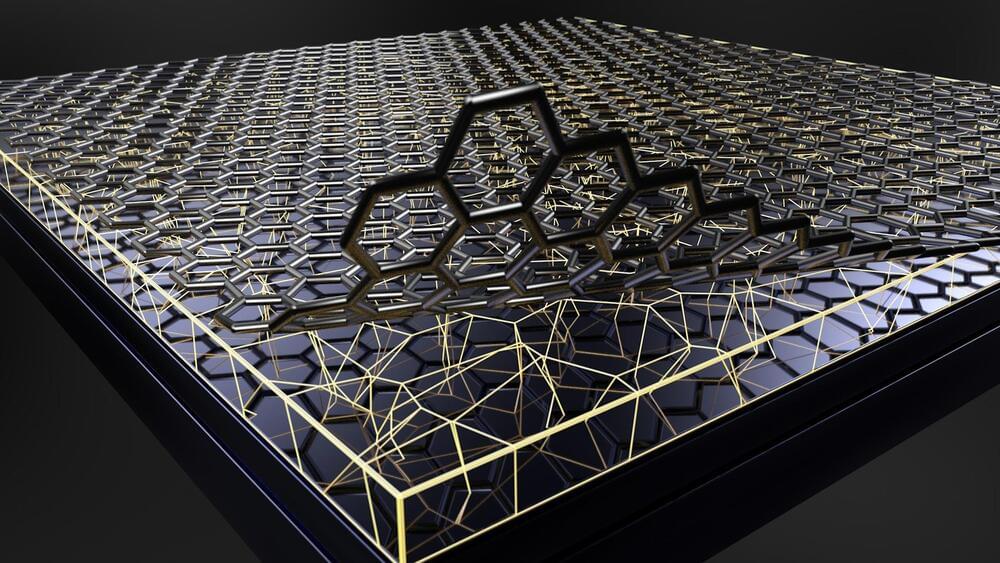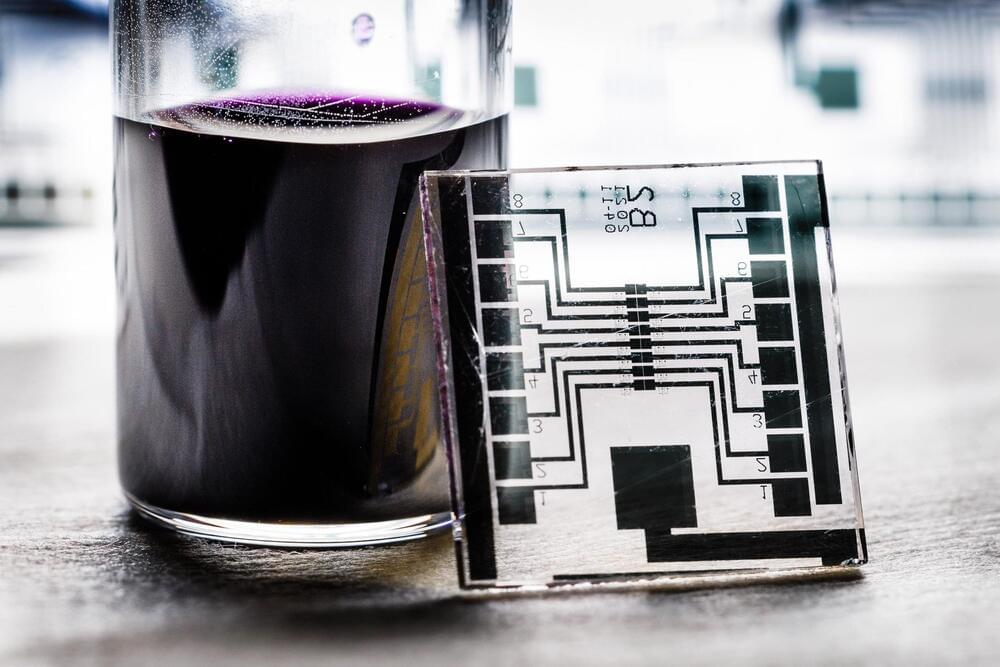Which direction would an S-shaped lawn sprinkler rotate if it were submerged and the flow were reversed? Experiments now provide a definitive answer.
Physicist Richard Feynman wondered what would happen if an S-shaped lawn sprinkler, which rotates as water squirts out, were placed underwater and had its flow direction reversed, so that it sucked water in. Which direction would it rotate? Experiments have given conflicting answers, but now researchers have provided what appears to be a definitive resolution [1]. When sucking water in, the sprinkler reverses its rotational direction, and the motion is unsteady and much slower. The explanation involves the details of fluid flow in the sprinkler geometry.
“The answer is perfectly clear at first sight,” wrote Feynman about this puzzle in his 1985 book, Surely You’re Joking, Mr. Feynman. “The trouble was, some guy would think it was perfectly clear [that the rotation would be] one way, and another guy would think it was perfectly clear the other way.” Since then, some experiments have shown steady reverse rotation [2, 3], some showed only transient rotation [4– 6], and some situations led to unsteady rotation that changed direction [3] or proceeded in a direction that depended on the experimental geometry [4– 6].
